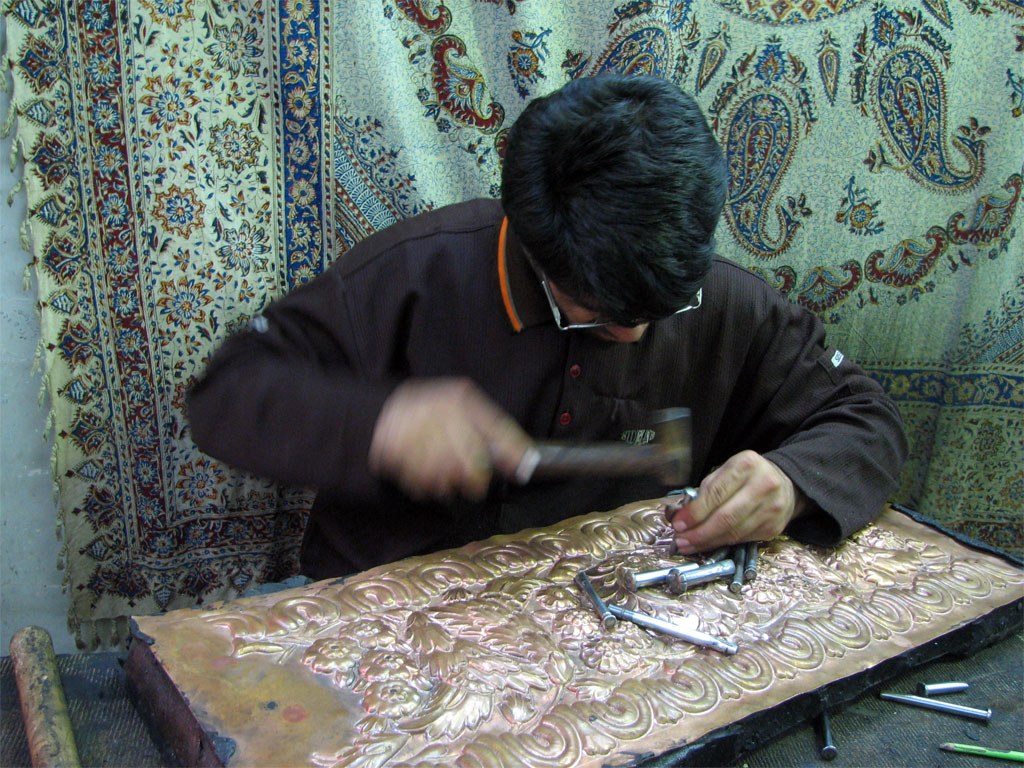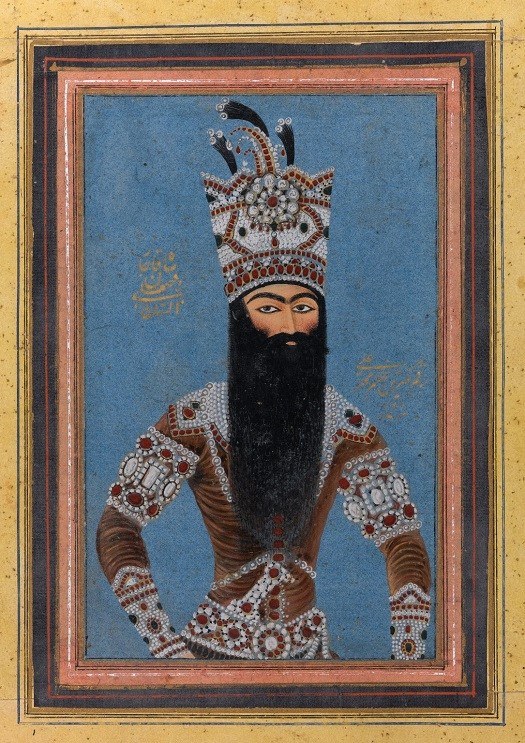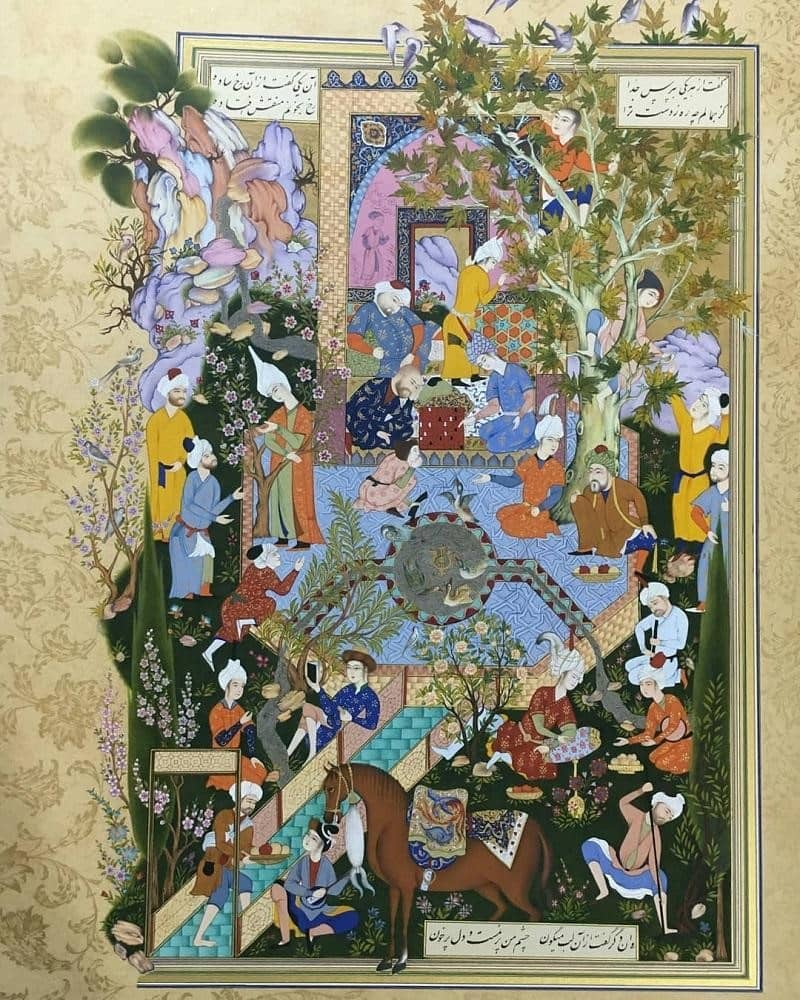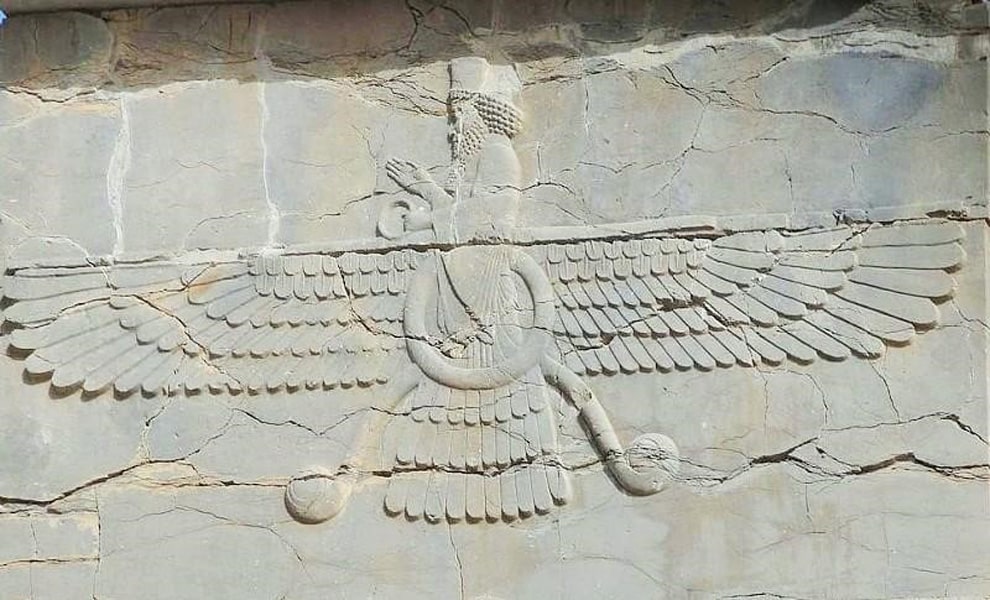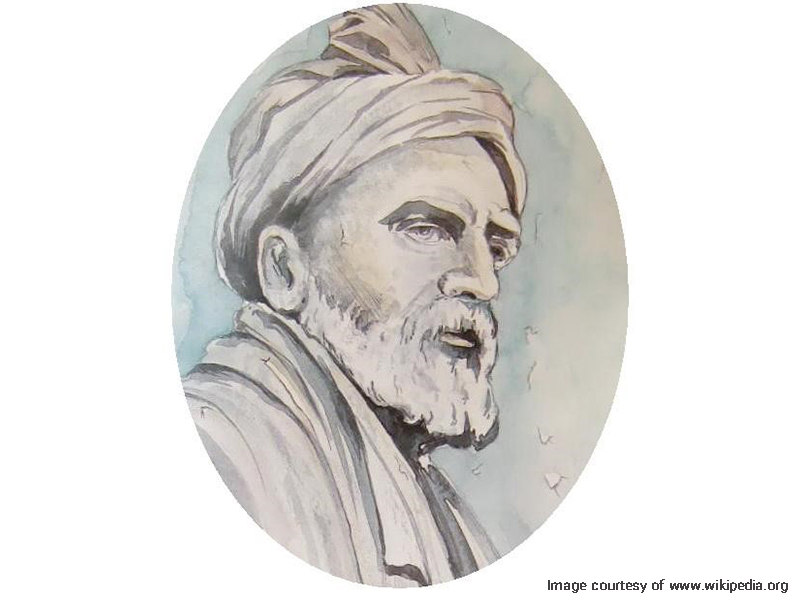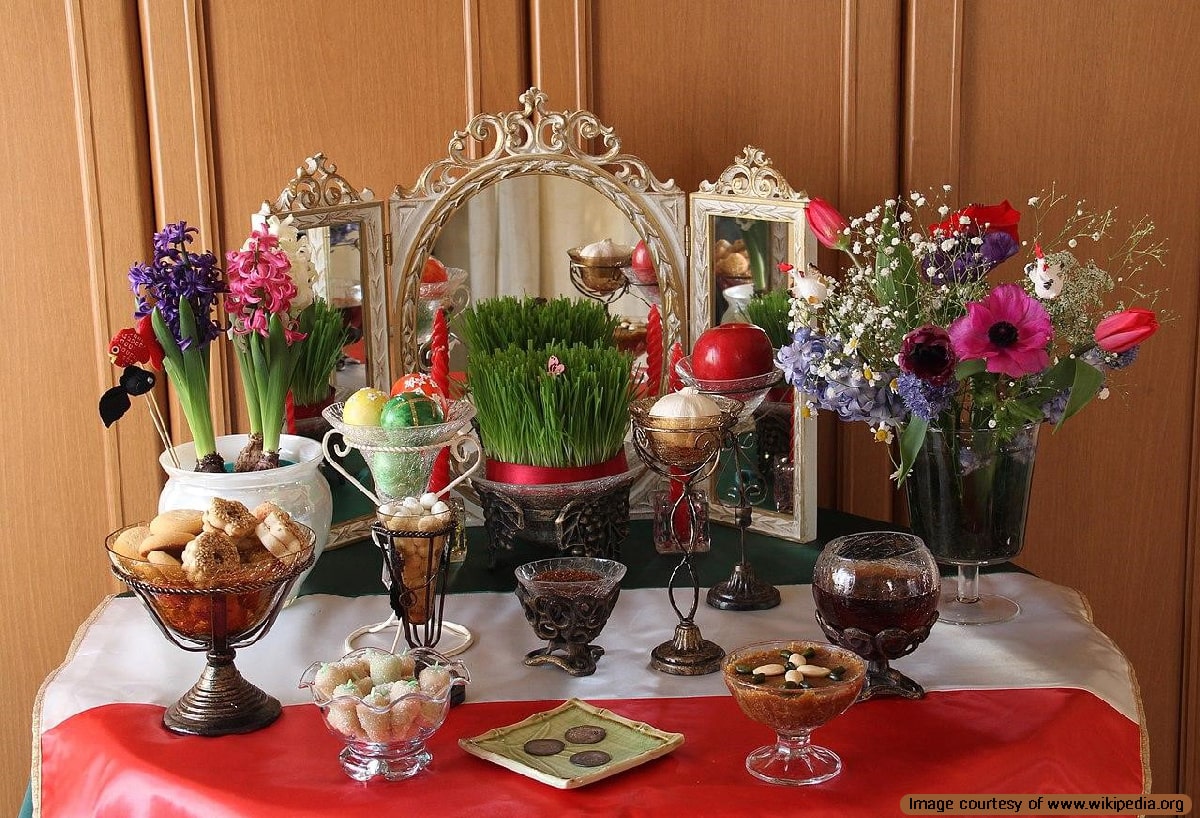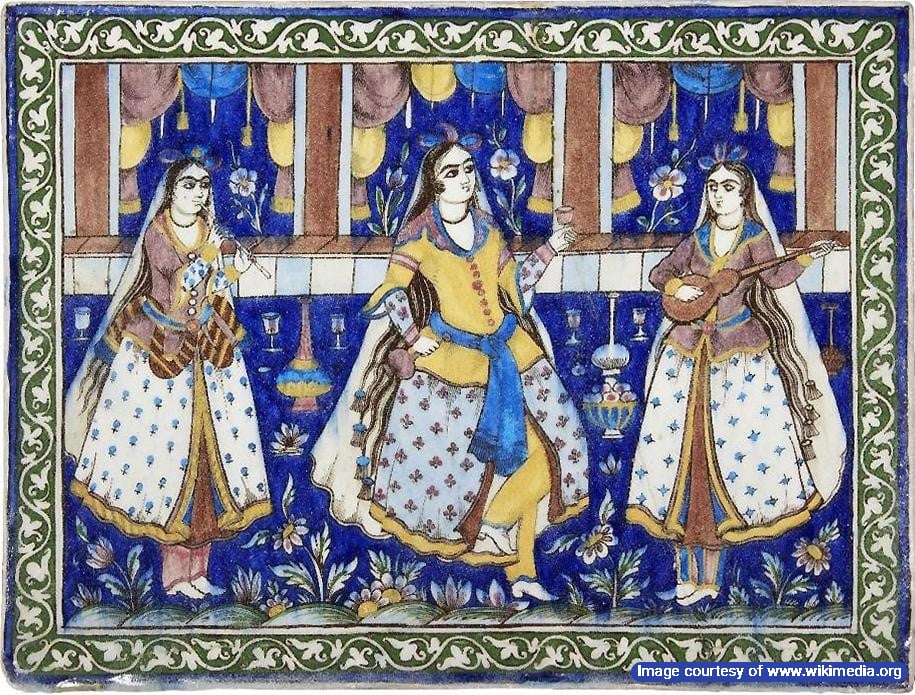
Metalworking has started in Iran since ancient times. Here’s a history of the evolution of this art in Iran:
Metalworking in Iran during Pre-Islam Iran
During Elamites, Susa’s temples were decorated by mural embossed patterns, statues, figurines, and large vessels all made of bronze. Among the findings of the metalworking in Iran during this period, there is a figurine of a cow having a human body and overall patterned clothing, sitting on its two knees and holding a sliver spouted ewer in its hands.
There have been found some votive figurines, ornamented rings, and an edge sharpener stone having a gold handle decorated by a lion’s head that is indicative of the high skill among metal workers of mid-12th century B.C. The temples accommodated bronze figurines and formal weaponry highly decorated.
Then, the Alborz and Zagros local governors who had absorbed Iranian culture, made use of Elamites artisans’ skills for producing weaponry, fighting clothes, jewelry, horse bridle, and harness of very remarkable forms.
In some of the ancient tombs, some treasury has been unearthed belonging to the head of tribes living in the north of Iran, early 1st millennium B.C.
In the south of Azerbaijan province, the Hasanlu mound used to be a civilized center where metalwork was created without any inspiration from Assyria or Urartu.
The most outstanding school of metalwork in ancient Iran started in Luristan province in the early 1st millennium B.C and continued for a few centuries. They produced plenty of patterns on bronze. Such works have not been discovered in any part of West Asia. What occurred in Luristan was the manifestation of the ultimate art that originated from Elam: choosing an animal-like motif and modifying it in so many varied ways that the original shape changed into an abstract decoration.
Achaemenian Period
The distinguished jewelry and exquisite metal works of the Achaemenian period can specifically be found among those made artistically for kings and their courtiers. Some of the objects found belonging to this era are metal-made rhytons in the form of the head, face, upper body, and front paws of animals. There have also been discovered other forms of metal works like bowls, jars, and spouted ewers having handles in the shape of animals’ bodies.
The works of the next dynasties like the Seleucids and Parthians were under Greek and Roman influence.
Sassanian Period
During Sassanians, metalwork flourished, became popular, and exceeded the Empire’s borders. The most famous forms made of gold, silver, and bronze were: big round plates, round trays with serrated reversed edges, oval jars with long trumpet-like bases, and pear-like vases having long irregular necks. The themes on silver plates were royal hunting fields, coronation ceremonies, feasts, dances, and religious scenes.
Metalworking during Post-Islam Iran
In the Alborz, the Sassanian metalwork tradition was still followed by artists and artisans even after the advent of Islam. Girls, birds, felines, legendary animals, etc were the common motifs still decorating metal works. Little by little, based on their old skills, methods, and traditions, Iranians created some new works.
In the post-Islam period, most of the forms used in metal works were prototypes like a plate, buckets, most types of lights, multi-flamed candlesticks, chairs, small make-up tools, etc.
During the Abbasids, certain metal works were made in Baghdad like some ewers in form of excellently shaped geese, deers, roosters, and humped cows.
Under Samanids, bronze-cast animals and birds were created in innovative manners. Highly valuable objects were made of cheap raw materials like copper, zinc, tin, and lead.
Seljuk Period
During the 10th and 11th centuries, theriomorphic incense burners gained widespread popularity in the northeast of Iran. These decorations consisted of armed horse riders, hunters, drinkers, wrestlers, musicians, backgammon players, and so forth.
In the middle ages books, some of the fields of art were famous in certain cities like Bukhara in the 10th century, for bronze works and zinc works, Samarqand for copper works, Rabinjan and Hamedan for excellent tinworks. In the 11th century, Baykand and Sharq gained a reputation for copper works, Bactria for silverworks. Finally, in the 12th century, Heart was known for its silver decorations on bronze and brass. The astrolabe-making masters in Esfehan had a great reputation both inside and outside Iran’s borders.
A Little More about Metalworking in Iran
Sprinklers, cups, decanters, etc made during the 11th and 12th centuries are indicative of luxurious lives among the wealthy.
Some personal belongings of such classes of people consisted of armor and weaponry decorated by gold and silver and black enamel, silver belts with their gilded or enameled annexations, silver arrows, silver-beaded rosaries, boxes of amulet and talisman made of half-gilded silver, gold cups, silver bowls, saucers, ewers, jars, vases, water containers, plates, etc.
These classes of people were the patrons of the gold and silver works in early post-Islam Iran.
Ilkhanid Period
In the Ilkhanid period, metalworking followed an international method current in Iran, Syria and northern Iraq. So, many of local cultural differentiations were dissolved into uniform methods. Forms were limited and already decided which led to a general decline in the quality of form changeability.
Timurid Period
About 1300 A.D, Samarqand was declared capital by Timur and attracted famous artisans and artists from all conquered nations.
During Timurids, the general taste in Samarqand dictated conservative and static trends in metal works, because the fixed forms had then remained unchanged since the 13th century.
Therefore, all the other artists’ centers were losing customers and preferred to emigrate to Samarqand. But an exceptional case happened in Khorasan. Metalworkers were focused on cheaper raw materials but created some unparalleled products, silver and gold patterns on brass works.
In general, Iran proved to be continuously known as a center for producing metal sheets and silver, gold damascening on other metal materials for seven hundred years (since the pre-Islam era).
Safavid Period
Under Safavids, metalworkers produced lots of luxurious works as well as lots of tin-tempered copper works and engraved brass works. They were unrivaled in using furbished steel. Best swords were produced in Iran. Numerous jewelry were created then that can today be visited in the unforgettable collection of jewelry museum in Tehran.






